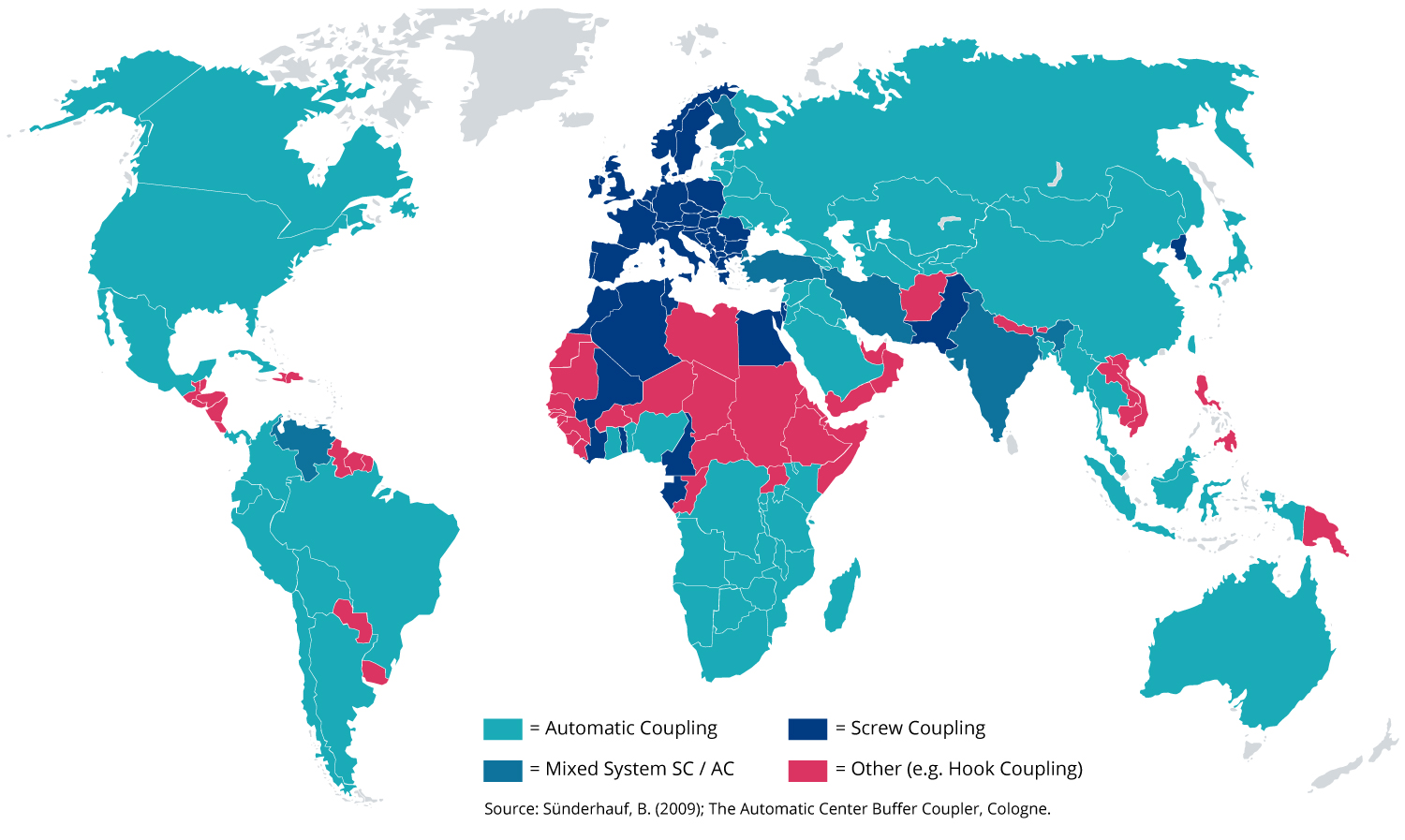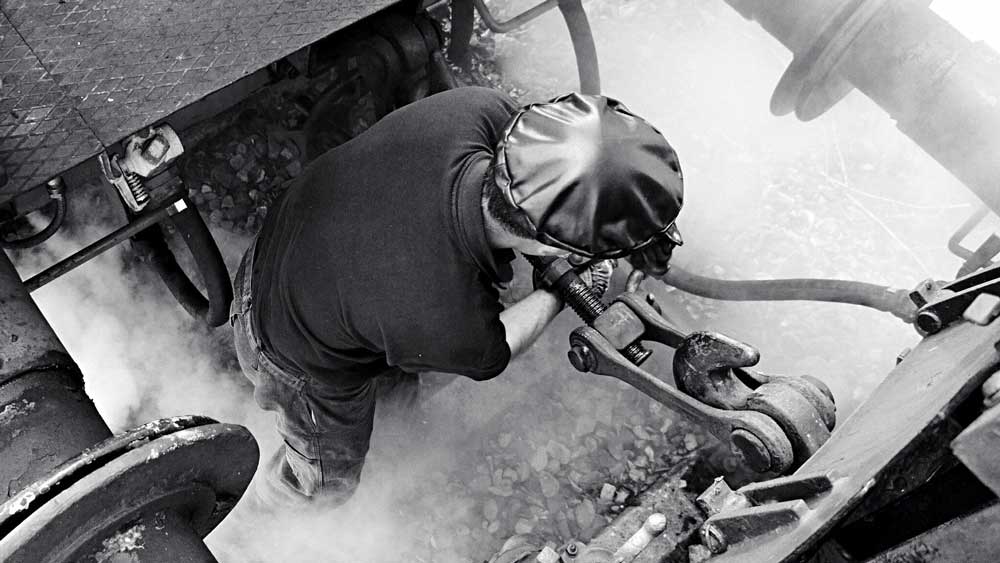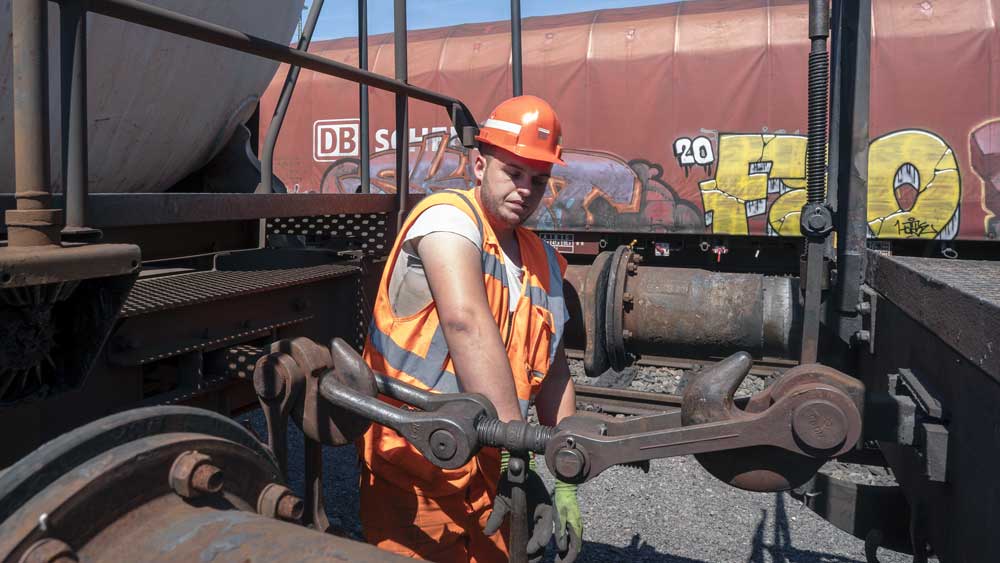
Project Information
Germany’s Federal Ministry for Digital and Transport (BMDV) wishes to boost climate-friendly rail transport and promote innovation and research in the rail sector. Digital automatic coupling (DAC) is a key innovation contributing to the digitalisation and automation of rail freight transport (RFT). It can increase the efficiency, reliability and competitiveness of RFT in Europe. The BMDV is therefore promoting the Europe-wide introduction of DAC.
To this end, the BMDV commissioned a research project in 2016 entitled ‘Construction and Testing of Innovative Freight Wagons’. The year-long in-service testing also involved automatic coupling systems being tested, resulting in important findings regarding the use of automatic coupling in rail freight transport. Link: Innovative freight wagons.
In 2019, the BMDV commissioned a study on the ‘Development of a concept for the EU-wide migration to a digital automatic coupling system (DAC) for rail freight transportation’ for the purposes of identifying principles.
The migration study showed that many European railway undertakings and wagon keepers supported the introduction of DAC Type 4. With the establishment of a pan-European migration program for DAK, the European DAC Delivery Programme (EDDP), a basis has been created for making decisions at the European level and jointly driving forward the introduction of DAK.
A BMDV pilot project to accelerate the DAC migration process for the demonstration, testing and approval of DAC was awarded to the DAC4EU consortium (= Digital Automatic Coupling for Europe) on 22 June 2020.
This project involves various manufacturers’ coupling prototypes being tested in order to determine the basic principles for the selection of a standard DAC for the Europe. After completion of the test series in Phase I, a demonstrator train with the DAK type selected by the EDDP was constructed and then tested under real operational conditions in Phase II. The project is being conducted on behalf of the Federal Ministry of Digital Affairs and Transport (BMDV) from June 2020 to December 2022 and is funded with approximately 13 million euros. In October 2022, the contract was awarded for an extension of the project until June 30, 2024, with additional financing of around 7 million euros. This is to ensure that the necessary further developments of the coupling systems are accompanied.
The EU transport ministers have likewise made a commitment to this technology and established DAC as a key European project in the area of rail freight transport in the Berlin Declaration.
Consortium
Introduction of the partners
Deutsche Bahn (DB AG) based in Berlin is a leading supplier of mobility and logistical services with a focus on rail transport in Germany. About 340,000 employees are employed by DB Group, including over 200,000 in the integrated rail system. The integrated operation of transport and rail infrastructure and the economic and environmental linking of all modes of transport move both people and goods.
In passenger transport, DB AG transports more than seven million people each day on trains and buses in the integrated rail system. In rail freight transport, the DB AG network carries more than 230 million tonnes of freight each year. At about 33,000 km, the DB AG rail network in Germany is Europe’s longest and DB AG is also one of Germany’s largest energy suppliers.
In Europe, DB Group is the market leader in regional rail passenger transport and second in long-distance rail passenger transport.
DB Group is also the market leader in track infrastructure and in operating stations in Europe, as well as in European rail freight transport and in European land transport.
With the new Strong Rail strategy, DB Group is focusing on the business operations of the integrated rail system. As such, Europe will continue to be DB Group’s field of activity. In 2019, it generated a turnover of approximately 44.4 billion euros.
Nowhere around the world is the rail network as dense as in central Europe. DB Cargo, Europe’s largest and most efficient rail freight company, operates at the heart of this network. It serves its customers from all industries as a one-stop shop for fast, efficient and reliable Europe-wide rail transport services.
With approximately 4,200 railway sidings throughout Europe and activities in 17 European countries as well as in China, DB Cargo affords its customers access to one of the largest rail networks in the world. DB Cargo is therefore the number one company for rail freight transport in Europe. With more than 82,000 freight wagons and approximately 2,700 locomotives, it boasts Europe’s largest rail fleet. DB Cargo is promoting the digitalisation and automation of locomotives and freight wagons as well as the processes at marshalling yards and workshops.
Founded in 1956, Ermewa SA is a European market leader in freight wagon rental. The company has a fleet of 42,000 freight wagons for freight forwarding companies, railway undertakings and industrial companies in all sectors: steel, oil, gas, chemicals, palletised goods, aggregates, containers, timber, foodstuff, etc. Ermewa can supply both standard freight wagons and tailored solutions for specific requirements.
Over the past 60 years, the company has expanded its activities in the vast majority of European countries and now has a workforce of more than 200 employees at 17 sites around Europe. Ermewa SA is a subsidiary of the Ermewa Group, the European market leader in asset management.
As a rail freight transport market player, the company expedites innovations and contributes to the development of the next generation of freight wagons and materials.
GATX Rail Europe (GRE) based in Vienna, Austria, is a leading, full-service tank and freight wagon lessor that supplies its high-quality, diverse fleet in more than 20 countries in Europe. Its experienced, service-oriented team makes tank and freight wagon rental and rail transport simple, efficient and seamless. As a wagon owner and keeper charged with ECM functions 1 to 3, GRE uses a customer-oriented model offering swift solutions so that the customers can focus on their core business.
Upward of 220 customers across various industries utilise GRE’s more than 25,500 tank and freight wagons as an efficient, environmentally friendly, safe and competitive solution relative to other transport modes.
Its strategically located offices across Europe allow for localised customer support. In addition to its state-of-the-art full-service and repair workshop in Poland (WSO Ostróda – ECM function 4), GRE has long-standing relations with numerous repair workshops and producers of tank and freight wagons throughout the continent. GRE is part of GATX Corporation, a lessor of tank and freight wagons which has been listed on the New York Stock Exchange for more than 120 years (NYSE ticker: GATX).
The Rail Cargo Group is ÖBB’s freight traffic service provider. With 9,340 employees, subsidiaries throughout Europe and an annual turnover of 2.3 billion euros, the Rail Cargo Group ranks among Europe’s leading rail logistics companies. Its comprehensive production network with end-to-end logistics solutions covering the entire Eurasian continent brings together people, businesses and markets – from the first to the last mile. As the industry’s sustainable backbone, its rail transport services throughout Austria reduce carbon emissions by 1.1 million tonnes. The Rail Cargo Group sets innovation and digitalisation standards and significantly contributes to shaping the industry.
With their expertise and passion, the company’s employees deliver future-oriented, punctual logistics solutions from a single source for block train and single wagon traffic as well as intermodal transport. The Rail Cargo Group transports approximately 105 million tonnes of goods to their destination every year – by environmentally friendly means, reliably, flexibly and quickly.
SBB Cargo AG: the beating heart of the Swiss economy
SBB based in Olten, Switzerland, is Switzerland’s leading freight transport company, accounting for more than a quarter of the country’s freight traffic. Just under 16 per cent of this is attributable to SBB Cargo AG, which connects the major economic areas as the beating heart of the Swiss economy. In 2019, SBB Cargo AG transported 29.8 million tonnes net of freight within Switzerland in wagonload, block train and combined transport.
Headquartered in Hamburg, VTG Aktiengesellschaft is a leading wagon hire and rail logistics company in Europe. Its fleet comprises approximately 95,000 rail freight wagons, with a focus on tank, intermodal, standard freight and sliding wall wagons. In addition to the leasing of rail freight wagons, the Group offers comprehensive multimodal logistics services, mainly for rail transport modes, and global tank container transport.
With the combination of its three divisions wagon hire, rail logistics and tank container logistics, VTG offers its customers a high-performance platform for international freight transport. The Group has many years of experience and specific expertise, in particular in the transport of liquid and sensitive goods. Its customers include numerous well-known companies from almost every industrial sector, for example the chemical, petroleum, automotive, agricultural and paper industries.
In the 2019 financial year, VTG generated a revenue of 1,221 million euros and an operating profit (EBITDA) of 512 million euros. The company is primarily represented in Europe, North America, Russia and Asia via its subsidiaries and affiliates. As of 31 December 2019, VTG has a global workforce of approximately 1,750 employees.
Objective
To support and accelerate the DAC migration process, the BMDV awarded a contract to the DAC4EU consortium for a broad-based pilot project for the demonstration, testing and approval of DAC.
Building on the practical experience gathered in the IFW project (Construction and Testing of Innovative Freight Wagons) and the results of the migration study conducted for the BMDV, in the first phase of the DAC research project, various DAC Type 4 systems are to be tested in practice. The functionality of all the features of a Type 4 coupling (automatic mechanical coupling and the coupling of air, power and data lines) and their reliability are to be tested. The concrete elaboration and execution of the practical tests is based on the functional demands made of couplings as determined within an open, international platform which involved coupling manufacturers.
The results of the practical tests will be handed over to European DAC Delivery Programme (EDDP) enabled by Shift2Rail1 as a sound basis for decision-making for a sector-wide agreement process on a DAK standard. The EDDP made the selection decision for the Scharfenberg/Latch Type design in September 2021 based on the test results and other results from initiatives to test DAK in other European countries.
The coupling selected for Europe-wide use should be tested for its operational suitability in the second phase of the research project. For this purpose, a demonstrator train with 20 freight wagons was equipped with the selected DAK Type 4 coupler of the Scharfenberg/Latch Type design. In Phase II, the demonstrator train will be tested under real operating conditions in various infrastructures, e.g. in marshalling yards, sidings and on line runs. In addition to functional testing, the aim is also to test suitability for everyday use and the effects on operational processes.
During this in-service testing, the demonstrator train is equipped with selected automation components in order to check how they work with the DAC’s power and data lines.
1Since 2022, Europe’s Rail Joint Undertaking has been the follow-up program to Shift²Rail
History
Automatic couplings (AC) are used in rail freight transport all over the world – with the exception of Europe (cf. Figure 1). Europe is the only continent not to have managed to introduce automatic coupling over the last few decades. In the USA, Janney couplings have been in use since 1893. In the former Soviet Union, SA3 couplings were rolled out between 1935 and 1957. In various countries, a combination of AC and screw couplings are used (e.g. Finland). There were failed attempts to introduce AC in Europe in the 1960s/70s and also in the 1990s.1
Figure 1: Global distribution of automatic couplings in RFT
As such, Europe is the last continent with no automatic coupling system in rail freight transport. It could, however, be the first continent with a digital automatic coupling system.
Automatic coupling systems were introduced at the beginning of the 20th century to increase occupational safety and reduce shunting accidents, in particular (e.g. in the USA). In the mid-20th century, just when the first attempts were being made in Europe to migrate to AC, the focus was on increasing productivity during the coupling procedure. However, the technology available at that time only allowed for the automation of the coupling process. Additional work steps that needed to be performed by marshalling staff prior to a train’s departure could not be optimised. Ultimately, it was financial reasons that prevented AC from being introduced. In the 21st century, digital automatic coupling is considered a key component in the digitalisation and automation of rail freight transport.
1 For more information on the global distribution of automatic coupling systems, cf. BMDV, ‘Development of a concept for the EU-wide migration to a digital automatic coupling system (DAC) for rail freight transportation’, 2020, correct as at: 27 November 2020.
From screw coupling to DAC
As the digitalisation and automation of rail operations increase, many applications are being developed which will significantly boost the attractiveness and productivity of rail freight transport. For this, the following prerequisites have to be met:
Source: BMDV, ‘Development of a concept for the EU-wide migration to a digital automatic coupling system (DAC) for rail freight transportation’, 2020, correct as at: 27 November 2020.
DAC establishes not only a mechanical connection, but also connects the air lines for the braking system and the power and data lines of the freight wagons. A sufficient supply of energy to the freight wagon, secure data communication and automation of the coupling procedure are the prerequisites for the automation of rail operation processes.
Whereas the Type 1 AC systems used in most countries around the world only connect mechanically, Type 5 DAC for example can be decoupled remotely in addition to the automatic connection of air, power and data lines. It thus offers the greatest added value for the comprehensive digitalisation and automation of RFT in Europe. There is, however, a huge leap from a screw coupling system to Type 5 DAC – technically, operationally and financially.
Therefore, there is broad consensus within the RFT sector that a migration to Type 4 DAC should be pursued first. It must, however, be ensured that this is upward compatible with and upgradeable to Type 5 DAC.
Not only will the introduction of DAC be of benefit to railway undertakings – it will also offer added value to various stakeholders, from the railway industry and forwarders to railway infrastructure companies (RIC), wagon keepers, the policymakers and society, who will benefit from more competitive rail freight transport in which traffic is shifted from the road to rail.
Benefits
Transferring freight transport from the road to rail is essential if the climate targets set in Europe are to be achieved. But this is only possible with competitive rail freight transport (RFT). And DAC is a prerequisite for this. As such, Europe can only achieve its climate targets with DAC.
In Europe, trains are still predominantly coupled and decoupled entirely mechanically with screw couplings and buffers, without power and/or data lines. In the case of a train with 25 wagons, it generally takes approximately 60 minutes merely to walk from wagon to wagon and couple them. The shunter has to walk up and down the train up to three times. With shunting, a brake test and wagon examination, train preparation can go on for two to three hours. It can take even longer if a wagon has to be removed. The manual train preparation procedures have barely changed over the past decades.
DAC will launch RFT into the 21st century. In addition to automatic coupling, the introduction of power and data lines thanks to DAC allows for the automation of rail operation processes such as brake testing as well as for the introduction of electronically controlled braking systems and data communication throughout the train. The time-consuming manual RFT processes are thus entirely automated and a freight train is ready for its scheduled departure in minutes rather than hours.
DAC additionally allows longer and heavier trains to be formed – another crucial step in the direction of greater RFT efficiency and productivity. Electrical energy in the train set allows electro-pneumatic brakes to be used, which allows for higher speeds and shorter stopping distances than with only pneumatic brake control. Power and data lines are also advancing the introduction of sensors on wagons, for example for permanent wagon component and freight monitoring. This allows customers to integrate RFT into digital logistics chains – an attribute which has been called for urgently for some time now.
These are just a few examples of the benefits of DAC. In total, 28 different use cases were identified. Some of these arise simply from the use of automatic coupling irrespective of the level of automation. Other use cases arise from DAC being an enabler of the automation of rail freight transport. There is additional potential in the areas of occupational safety, employee recruitment, energy conservation and the tapping of new market segments.

Current solutions
DAC Type 4 couplings made by four manufacturers are currently being tested in the DAC test.
CAF S.A.

CAF Construcciones y Auxiliar Ferrocarriles is a Spanish supplier of equipment and components for train systems. CAF is currently developing a DAC Type 4 based on an SA3 coupling as part of the Shift2Rail project. Before development began, a variety of couplings were evaluated to determine their suitability for use in rail freight transport. CAF selected an SA3 coupling head as the basis for its development project for three reasons: the SA3’s simple design, decades of operating experience with SA3 couplings in rail freight transport and the cost advantages estimated by CAF compared to other types of couplings. The first prototypes for test purposes were supplied to the DAC4EU project sponsors in autumn 2020.
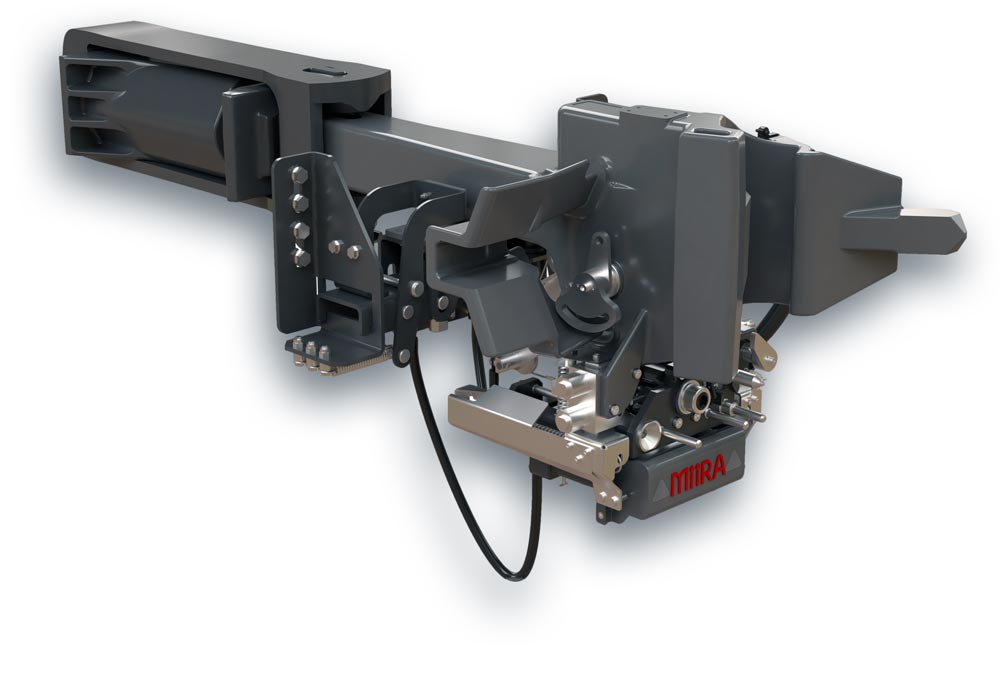
Dellner Couplers AB
Dellner is a Swedish coupling manufacturer based in Vika that operates worldwide. With 1,000 employees at 22 production, assembly and distribution sites around the world, Dellner is a leading system integrator at the interface between rolling stock and the traction vehicle. Its core product groups are fully automatic couplings, gangway systems, dampers and the service segment. Dellner is also developing prototypes of a DAC Type 4 and is participating in the DAC tests currently being conducted in Germany. Dellner, however, is basing its DAC on the latch-type design, the company-neutral term for the Scharfenberg design.
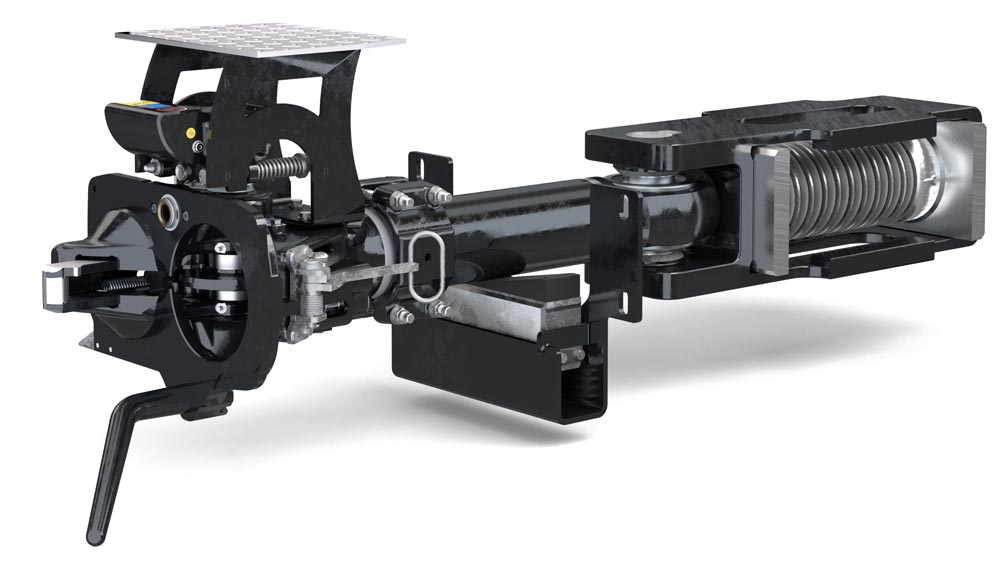
J. M. Voith SE & Co. KG

J.M. Voith SE & Co. KG is a German supplier of coupling systems based in Salzgitter. Voith is also developing a DAC Type 4 Scharfenberg coupling for the DAC4EU tests. Voith has already tested an AC Type 2 using the Scharfenberg design at SBB Cargo and put it into series operation. Voith has also provided Scharfenberg couplings for the demonstrator train as part of the BMDV’s “Construction and Testing of Innovative Freight Wagons” research project.
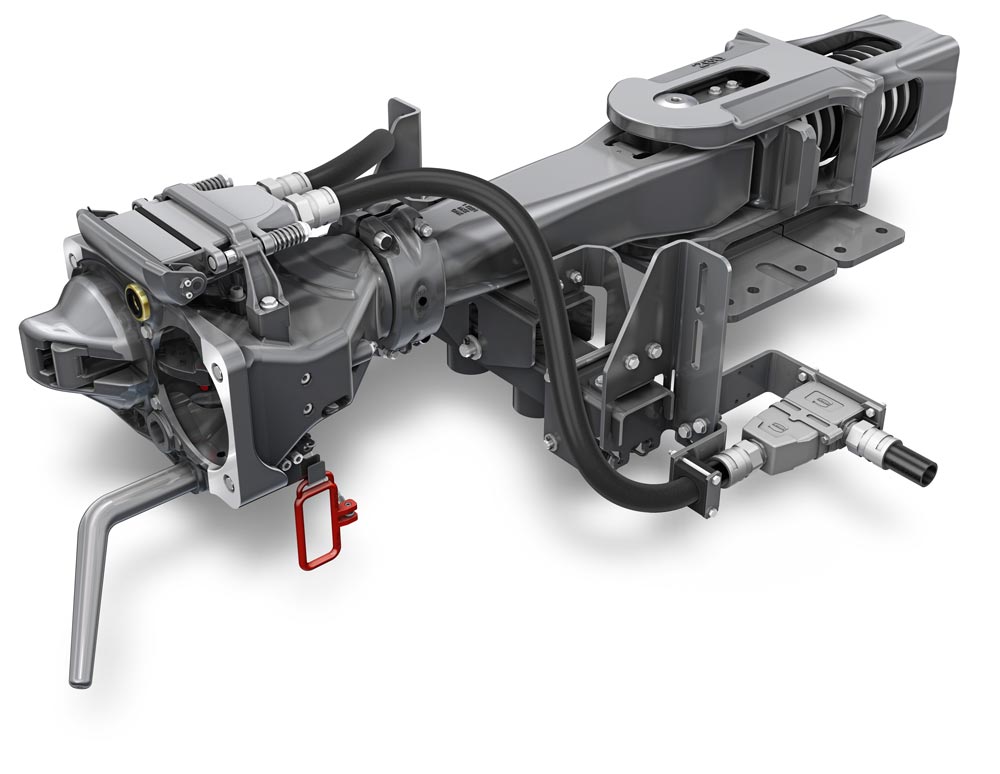
Faiveley Transport
Faiveley Transport, based in Gennevilliers near Paris, France, is a Wabtec Corporation company, and operates internationally as a manufacturer of rolling stock and components. Faiveley Transport is also developing DAC Type 4 prototypes, but is basing its design on the Schwab coupling head, which is less widely used than the Scharfenberg coupling or the SA3 coupler. Schwab couplings are mainly used in rail passenger transport in Switzerland. Like Voith, Faiveley Transport has participated in both SBB Cargo’s 5L demonstrator train in Switzerland and the BMDV contract project “Innovative Freight Wagon” by providing AK Type 2.
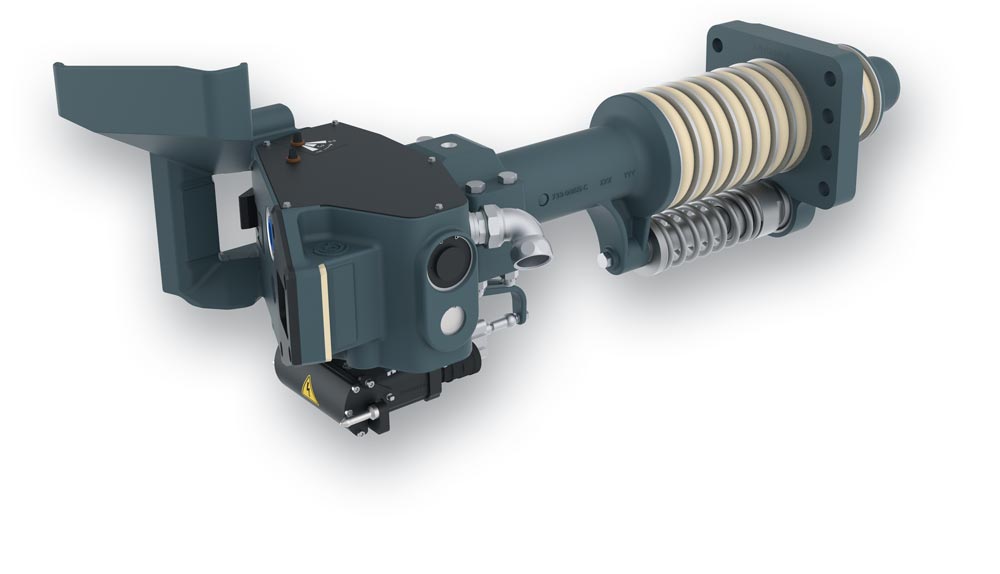
Project management
Overall project management
Dr. Fabian Wartzek
DB AG
Project co-management
Oliver Behrens
GATX Rail Germany GmbH
Scientific supervision
Prof. Dr.-Ing. Markus Hecht
Rail vehicles specialist
Institute of Land and Sea Transport Systems (ILS)
TU Berlin
Prof. Dr.-Ing. Gangolf Hirtz
Faculty of Electrical Engineering and Information Technology
Professorship of Digital Signal Processing and Circuit Technology
TU Chemnitz







